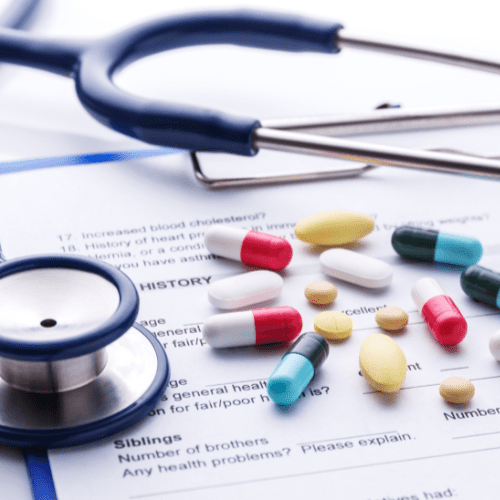The COVID-19 pandemic has undeniably altered the landscape of public health and disease management across the globe. Its far-reaching effects have ignited a fire of innovation in the realm of infectious disease diagnosis. From rapid testing to telehealth consultations, the lessons learned have paved the way for groundbreaking advancements that promise to improve how we detect and respond to infectious diseases in the future. As we step into this new era, let’s explore the revolutionary diagnostics that are emerging and how they are transforming our approach to disease detection.
Exploring Innovative Diagnostics: A Post-COVID Revolution!
Gone are the days when diagnosing infectious diseases was a lengthy and cumbersome process. The pandemic served as a catalyst for the rapid development of innovative diagnostic tools that are revolutionizing the healthcare landscape. For instance, the rise of CRISPR-based tests represents a game-changer, offering accurate and swift results that can be obtained right at the point of care. These tests are not only effective against COVID-19 but are also being adapted to detect a wide array of pathogens, making them invaluable in an increasingly interconnected world.
Moreover, the integration of artificial intelligence (AI) into diagnostic processes is an exhilarating frontier. AI algorithms can now analyze vast amounts of data at lightning speed, identifying patterns and anomalies that human eyes might miss. Machine learning models can predict disease outbreaks by examining social media trends, environmental data, and even genetic markers. This fusion of technology and medicine is creating a diagnostic revolution, enabling healthcare providers to respond faster and more effectively than ever before.
Telemedicine has also taken center stage in the post-COVID world, allowing patients to receive diagnostic consultations from the comfort of their homes. This innovation is particularly beneficial in rural or underserved areas, where healthcare resources are limited. Mobile health applications are facilitating symptom tracking and remote monitoring, making it easier for healthcare professionals to diagnose and treat infectious diseases without the need for in-person visits, thus enhancing access to care for all.
From Challenges to Triumphs: The Future of Disease Detection!
While the pandemic posed significant challenges, it also acted as a powerful motivator for collaboration across borders and disciplines. Scientists, engineers, and public health officials united to tackle the diagnostic shortfalls exposed by COVID-19. This surge in partnership has led to the development of multiplex testing, which allows for the simultaneous detection of multiple pathogens from a single sample. This means that in a single test, healthcare providers can identify whether a patient suffers from flu, COVID-19, or other infectious diseases, saving time and resources while improving patient outcomes.
Furthermore, the importance of global surveillance systems has never been more apparent. Countries are now investing in robust tracking systems that can rapidly share data regarding emerging infectious diseases. This global approach allows for early detection and a more coordinated response to outbreaks. The lessons learned during the pandemic have fostered a culture of preparedness, ensuring that the world will be better equipped to handle future infectious disease threats.
Finally, the focus on personalized medicine is becoming increasingly relevant in the realm of infectious disease diagnostics. Advances in genomic sequencing enable healthcare providers to tailor treatments based on a patient’s unique genetic makeup and the specific strain of a pathogen. This personalized approach not only enhances treatment efficacy but also minimizes the risk of resistance and adverse reactions, creating a brighter future for infectious disease management.
As we venture further into this post-COVID-19 world, the innovations in infectious disease diagnosis are a beacon of hope. The obstacles we faced have transformed into opportunities for growth and collaboration, leading to tools and technologies that empower us to catch diseases before they spread and manage outbreaks more effectively. The future is bright, filled with promise and potential as we continue to unveil new frontiers in the quest to protect public health. Together, we are not just surviving; we are thriving in a world where innovation reigns supreme!




